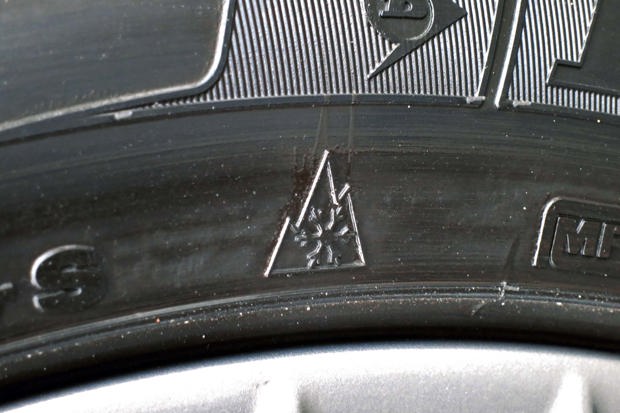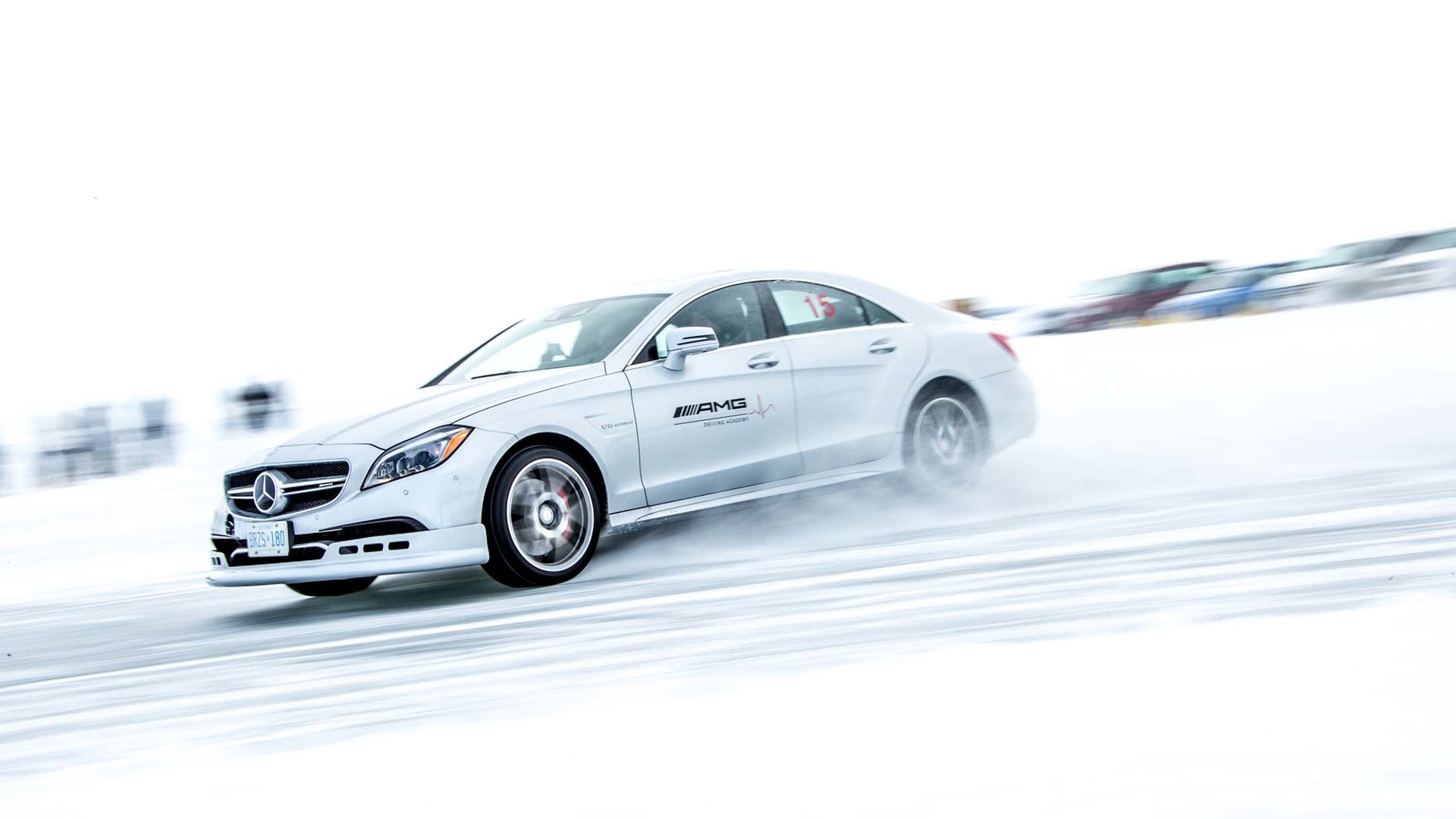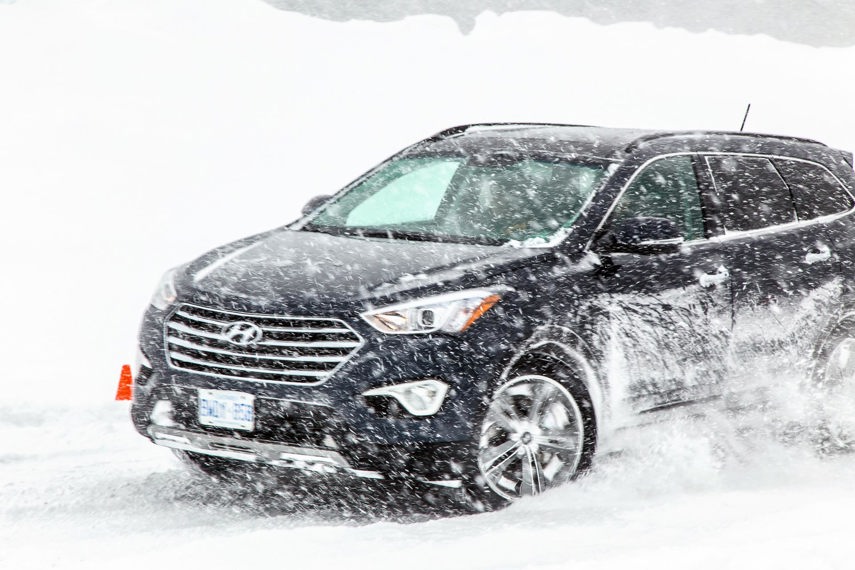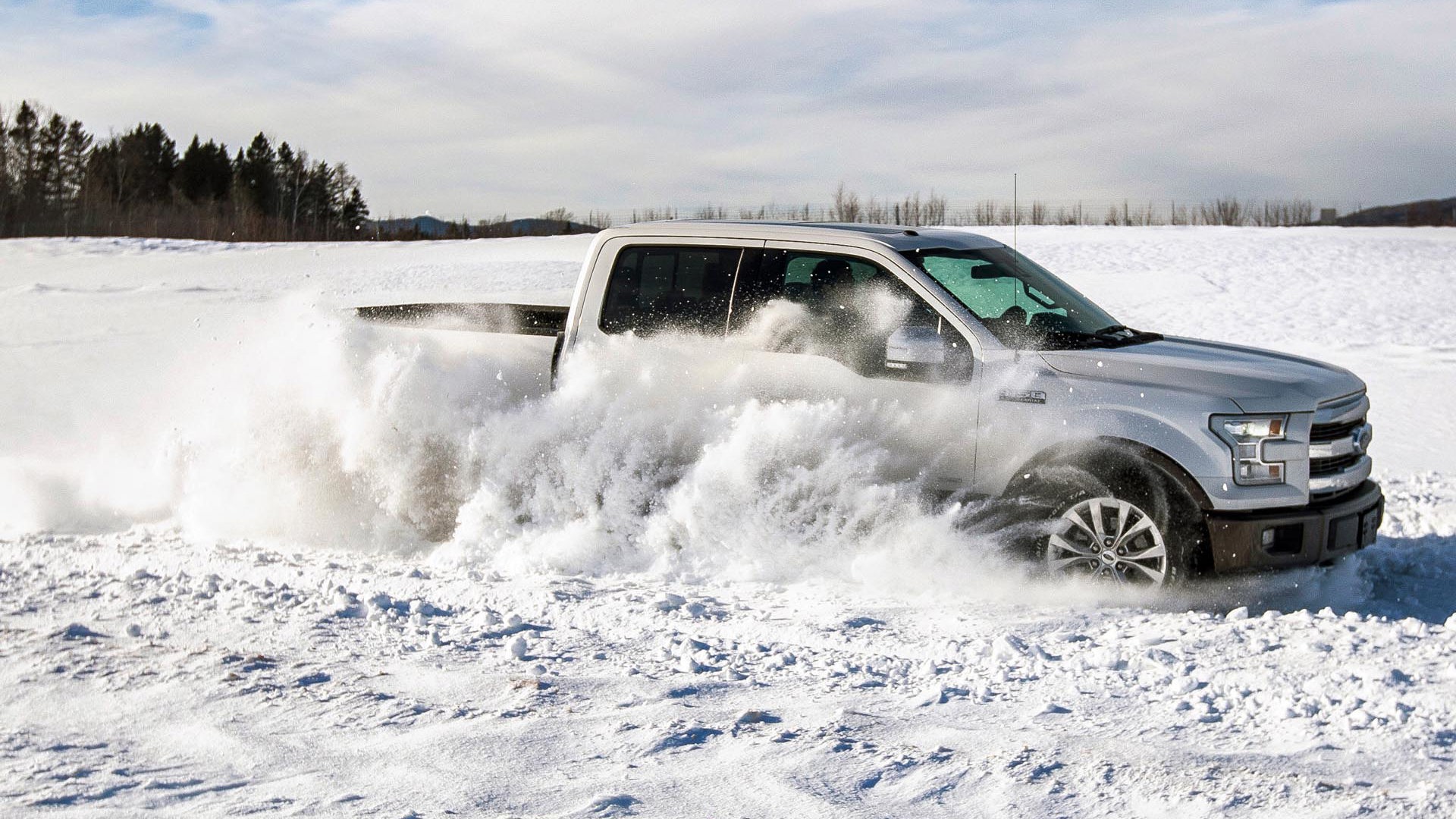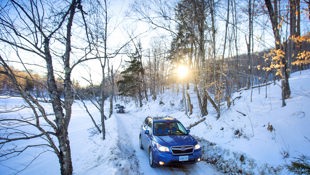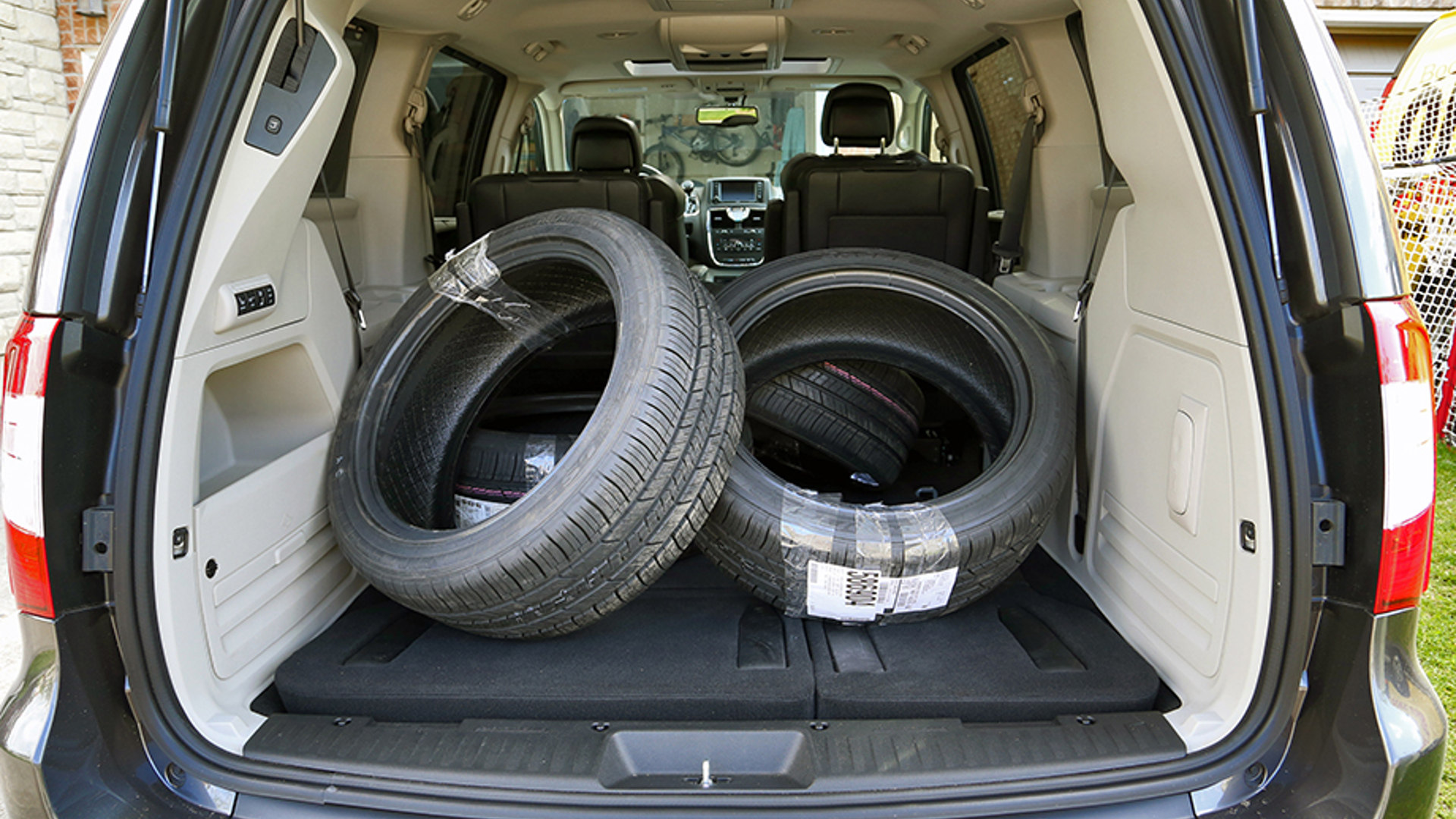You know you should use winter tires during the colder months, but what if it’s a vehicle you might not be planning to keep? If you lease your vehicle instead of buying it, should you still be swapping your tires in spring and fall?
There are pros and cons to both sides, but overall, the experts say you should look at winter tire options. In some cases, it might even save you some money, including any possible discounts for which you might qualify.
Switching them will make each set last longer, according to Francesco D’Aprile, fleet manager at Parkway Honda in Toronto. “You’re putting half the kilometres on the winter ones and half on the summer, and those tires will last you four years without a problem,” he says. “The average lease is four years, so you’re looking at three to four winters.”
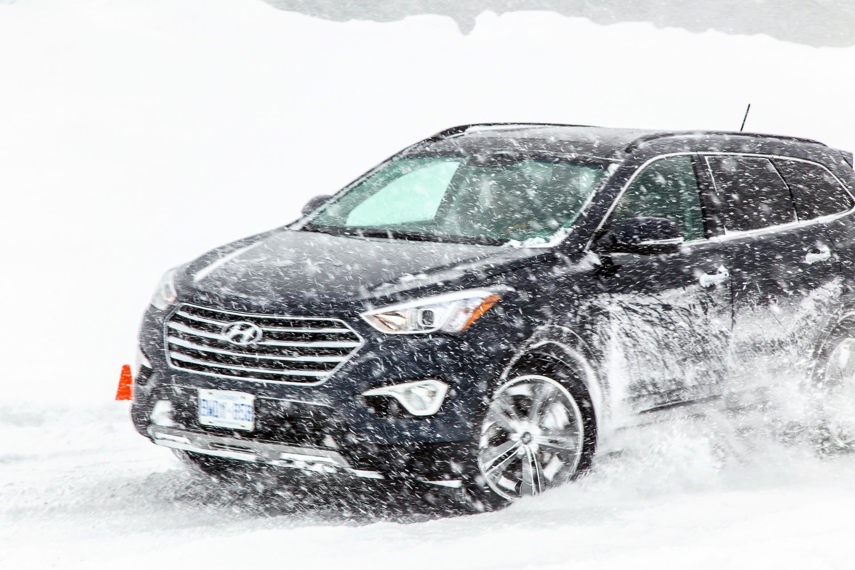
In effect, a lease might be described as a rental with an option to buy. The company takes the vehicle’s purchase price and then subtracts the amount of its estimated residual (resale) value at the end of the term. The difference between them is divided into the monthly lease payments, plus tax, finance charges, and fees. At the end of the term, the customer can buy the vehicle by paying the residual value, or can hand over the keys and walk away, or start a new lease on a new vehicle.
While monthly vehicle subscription plans – such as the new Care by Volvo plan launched in Canada, which lasts two years – can include winter tires and their storage, those who lease their rides get only the factory-installed rubber, which on most vehicles translates into all-season tires.
Sports models may come with summer-only performance tires, which will have to be swapped out for winter tires if they’re going to be driven in the colder months. And, of course, those living in areas that mandate winter tires – Quebec and specific areas of British Columbia – will have to switch over. But for all other drivers, it becomes a question of, “Should I, or shouldn’t I?”
What’s the Difference?

Winter tires aren’t just “snow” tires anymore. Their rubber compound is specially formulated so it stays softer in the cold and can better grip the pavement. The tread is also designed for maximum grip, and to channel away large quantities of slush and water so the tire doesn’t ride on top of puddles – a dangerous situation called hydroplaning, where you can lose control of your vehicle.
Summer tires, which are found primarily on performance vehicles, have a compound that doesn’t get too soft in hot weather. Their tread design helps to maintain stability and control during higher-speed driving, especially on curves.
All-season tires are a compromise between the two. Their compound is formulated so it stays firm in warmer weather, but doesn’t get too hard in cold weather, and their tread evacuates water in wet weather. But because they are intended to straddle a wider range of conditions, they don’t perform as well at the ends of the spectrum. At about 7°C, winter tires have better grip on asphalt than all-season tires.
The Pros
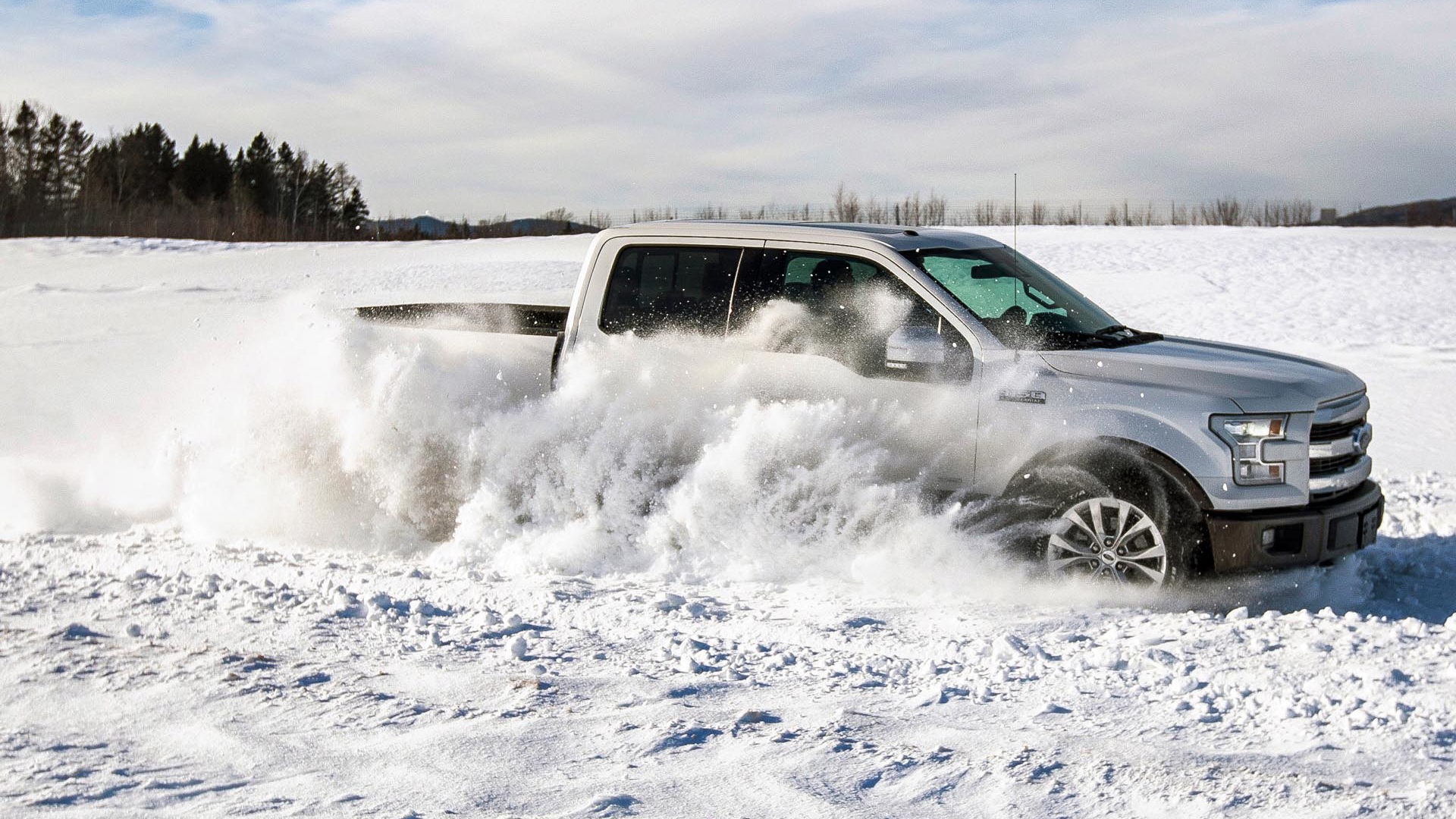
The obvious advantage is that you’ll enjoy better performance during the winter months, whether it’s acceleration, braking, turning corners, or changing lanes. Even if you have all-wheel drive, winter tires will still give you a safety advantage – and always remember that while AWD and 4WD may be better at getting you going, none of these systems stop any sooner (and because of their extra weight, they may even increase your stopping distance).
As D’Aprile notes, switching between these two sets of tires will make each last longer. If you turn in the vehicle at the end of the lease, it must be equipped with the same type of tire as when you got it (which, in almost all cases, will be all-season) and with enough tread that it will pass a safety certification.
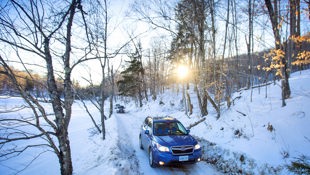
If they won’t pass, you either have to buy new tires to replace them, or pay a penalty. But if you swap your tires each season – remembering to get the winter ones off as soon as it’s safe, because their compound wears faster in warm weather – you could potentially get away with handing back the same all-seasons from the beginning of the lease.
In provinces that mandate winter tires, you’ll have to get them. But in other jurisdictions, you may be eligible for an insurance discount from your provider if you use winter tires. And in Manitoba, you may qualify for a low-interest loan from Public Insurance to buy winter tires.
The Cons
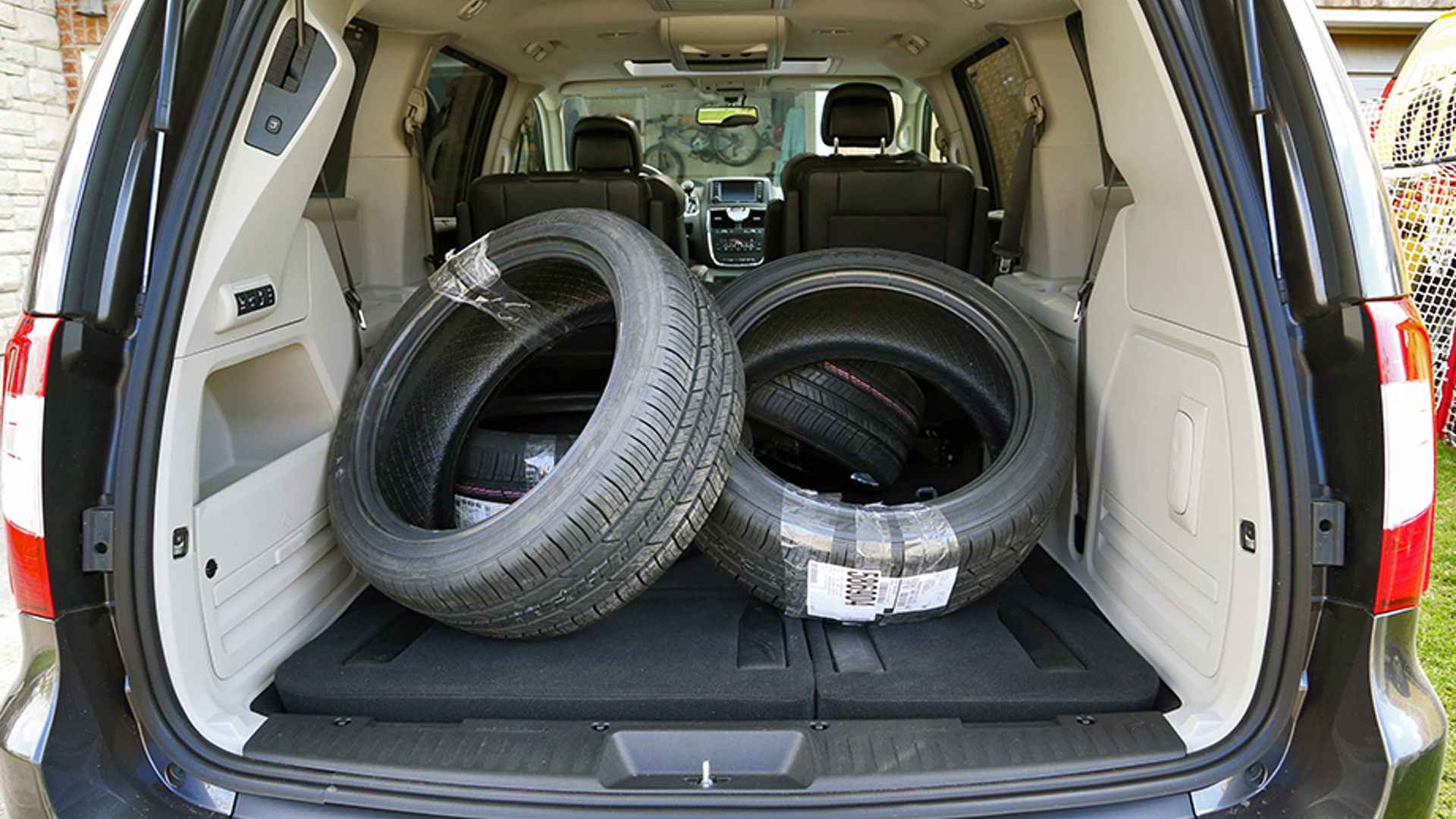
“Unless you’re buying the car at the end of the lease, or you can put them on your next vehicle, you’re out of pocket or you will have to sell the tires at a discount,” D’Aprile says. “The dealer won’t give you anything for the tires or rims, because if they don’t sell the car right away, they don’t have the room to store them.”
You might not either, and if there’s no space in your garage – or you don’t have one – your other option is to keep the second set at a tire or auto retailer that offers tire storage. “That could be $100 a season, plus the installation twice a year, so you could be looking at $400 a year,” D’Aprile says. “It boils down to affordability.”
A Possible Solution
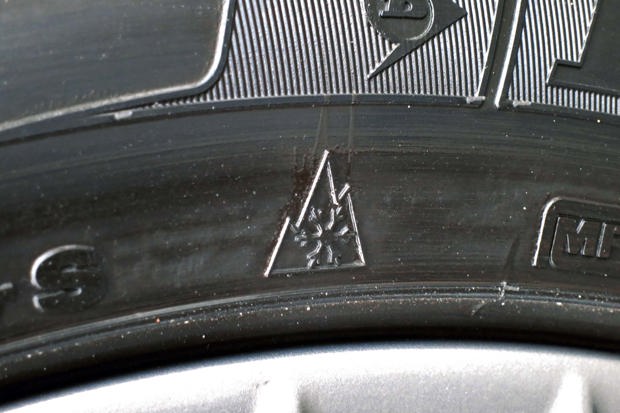
One option is all-weather tires, which some tire manufacturers now offer and which, as the name suggests, can be used all year ’round. These have compound that is similar to all-season tires, but with blockier tread to handle snow and slush. They also have the mountain-and-snowflake logo that indicates a winter tire, so they meet Quebec and BC’s mandates, as well as most insurance companies’ requirements for discounts.
They’re still not as good as dedicated winter tires in bad weather, but they’re better than all-seasons. “You don’t have to buy winter rims, and you don’t have to change them,” D’Aprile says. “I suggest to people that they consider this possibility, rather than all-seasons and winter tires, especially if you’re not keeping this vehicle or getting a similar one next time. They’ll feel more secure.”
